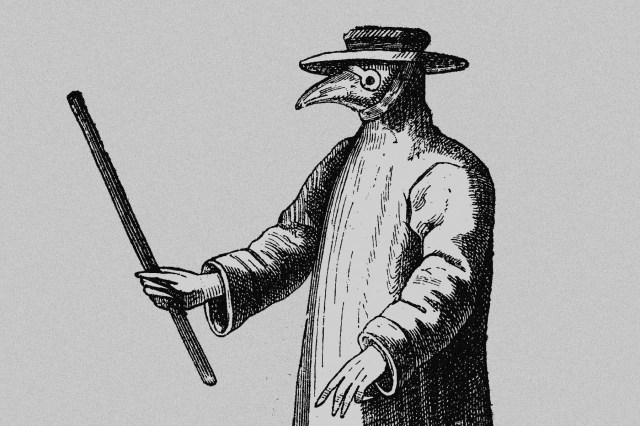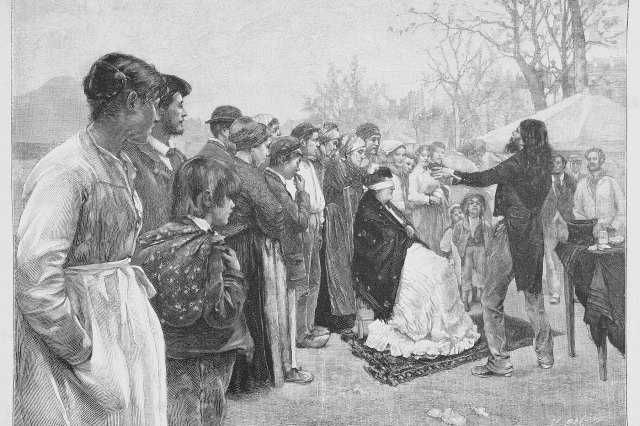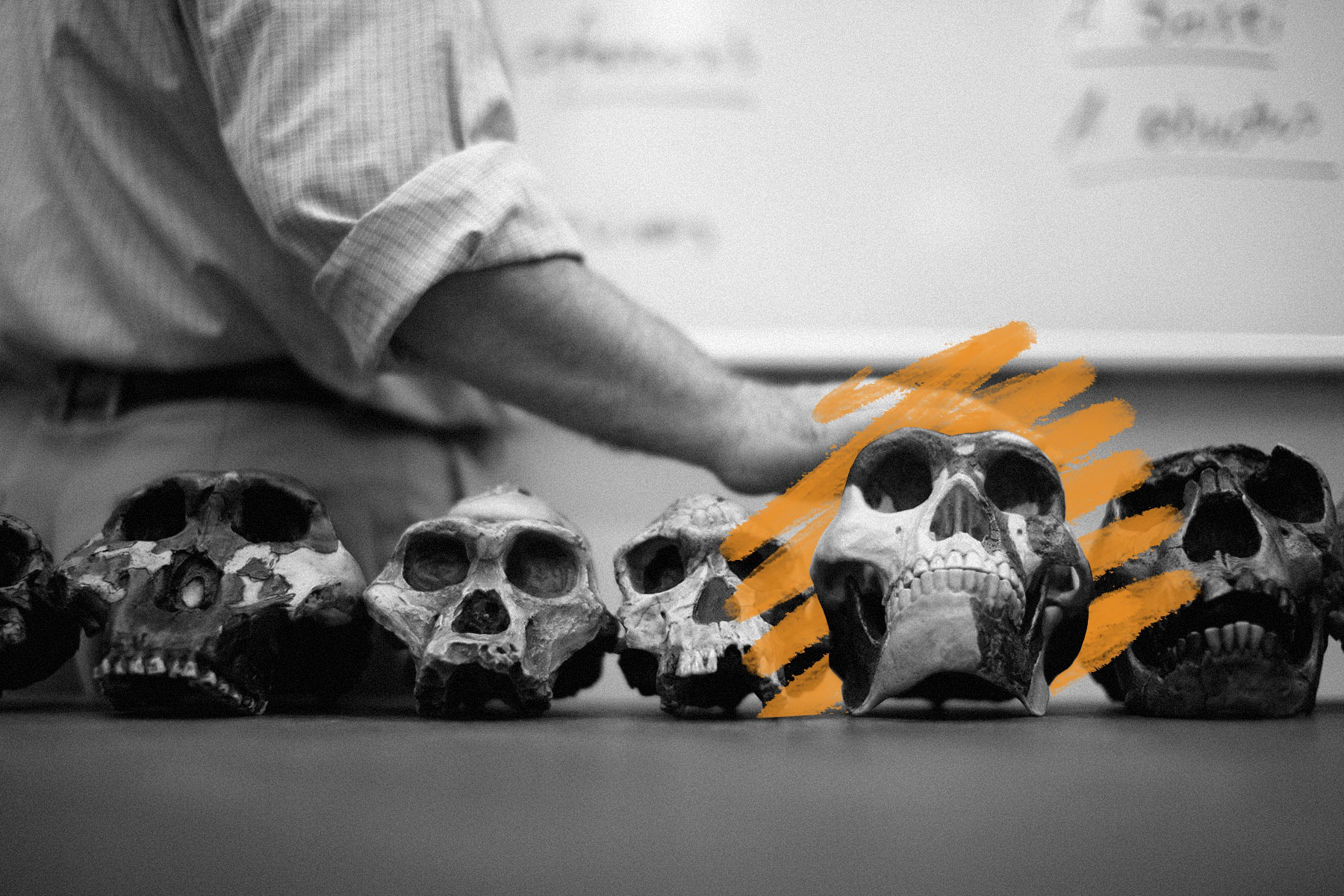Around 21 human species have lived on Earth.
Each one of the billions of people living on Earth today belongs to the same species: Homo sapiens. But we weren’t always the only humans. The Smithsonian Institute estimates that some 21 different human species have roamed the Earth (though the number varies due to conflicting definitions of what is “human”). Many of those species are in the genus Homo, which has only one surviving species today (that’s us). The list of hominids also includes other species considered by most scientists to be early humans, such as the Australopithecus afarensis, a member of the genus Australopithecus.
The first humans in the same genus as Homo sapiens were Homo habilis, Homo rudolfensis, and Homo erectus, and evidence suggests they coexisted in East Africa some 1.9 million years ago. This kind of cohabitation was a familiar fixture of human evolution. When Homo sapiens first appeared around 300,000 years ago, our ancestors lived among many other now-extinct human cousins. Modern humans famously fraternized with Neanderthals, Denisovans, and other populations. Homo sapiens also shared the planet with lesser-known species such as Homo floresiensis, Homo naledi, Homo luzonensis, and the straggling survivors of Homo erectus. But because some of these groups lived in remote communities, it’s possible that modern humans never even laid eyes on them. Scientists theorize that our ancestors wiped out many of these human species (Neanderthals were the last to fall, beginning to go extinct around 40,000 years ago) by demonstrating superior strategizing and cooperation skills. Our ancestors’ social intelligence helped them rise to the top of the food chain, and the population grew exponentially. Today, modern humans stand alone in the genus Homo, but we only have ourselves to blame.
You may also like
Recommendations For You
-
01.
 Science & Industry
Science & IndustryWhy Did Doctors Wear Beak Masks During the Bubonic Plague?
-
02.
 Science & Industry
Science & Industry5 Inventions That Came Out of the Great Depression
-
03.
 Science & Industry
Science & Industry6 Amazing Breakthroughs Made by the Ancient Greeks
-
04.
 Science & Industry
Science & Industry6 Shocking “Scientific” Beliefs From Victorian England











